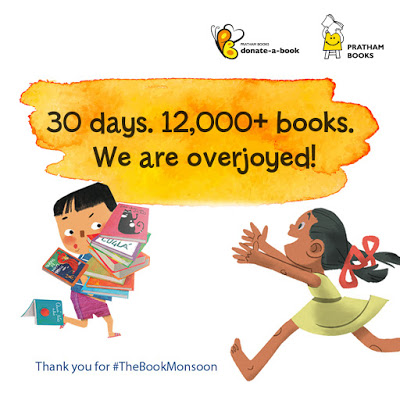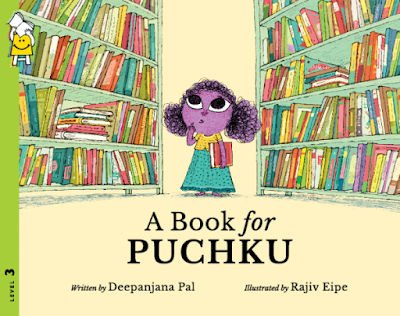Harry Potter and the Interactive Digital Environment

The problem with looking to J.K. Rowling for inspiration about how to transition a book franchise into the digital era is that no author can really be compared to J.K. Rowling.“She’s kind of like the Oprah of children’s books,” said Lorraine Shanley, co-founder of Market Partners International, which consults on digital books.
So when J.K. Rowling announced that she would bypass retailers and exclusively sell the digital editions of the books herself, luring customers into her online bookshop by creating an elaborate online fantasmagoria called Pottermore, the prevailing sentiment in publishing—in sharp contrast to that of the reading public—was indifference.Pottermore, for those who didn’t receive the owl, will be launched by J.K. Rowling in October, with a beta version for a select million die-hards being tested over the next few weeks. The site will be the sole retail outlet from which readers can purchase digital versions of the Harry Potter books, which have previously been available in digital format only as illegal bootlegs. To encourage her readers/customers to forego the book store in favor of a specific shopping trip to Pottermore, Ms. Rowling and her business partner, Sony, have recreated key scenes of the first book as a digital “interactive environment” and initially included some 18,000 words of new writing that will provide greater detail and background about the world of Harry Potter (which, we might point out, is only about the length of three New Yorker stories). They also orchestrated an elaborate build-up that has whipped Harry Potter nerds into an anticipatory frenzy.“Just as the experience of reading requires that the imaginations of author and reader work together to create the story, so Pottermore will be built in part by you, the reader,” said Ms. Rowling, in lulling tones. She announced that the site will include material that she’s “been hoarding for years” about the details of the wizarding world and be a place for users to post their own interpretations of Harry and his friends. Users will also interact with what the digital marketers are calling “key story moments.” In the storyline for Harry Potter and the Sorcerer’s Stone they will be assigned a house by the sorting hat, be able to mix potions and go shopping for their own wand and compete with their friends for a house cup by playing games (one of which appears from the previews to be plain old chess). Environments from the other books will follow, with Harry Potter and the Chamber of Secrets launching on the site in 2012. Visitors will also, of course and most importantly, be able to shop.
Traditional bookstores would thank her for not having rushed in, but now, with her empire complete, the movies all made and the generation that first read Harry Potter old enough to have children of their own, the time had come to find a way to make Harry Potter new again for young readers. Thanks to the era in which she signed her early books deals (the first one sold here in 1998), Ms. Rowling also retained the digital rights to her properties, a feat that would be difficult to accomplish today.
“The best way to think of Pottermore is as an interactive, illustrated companion to the books,” read a post on the official Pottermore blog, making fans “able to experience Harry’s story in a new way and discover all the additional information that J.K. Rowling has written.”
Read the entire article here.






